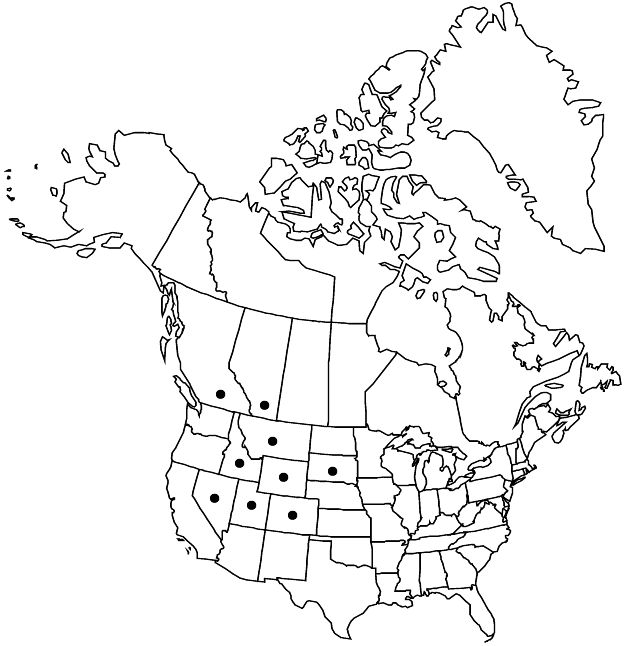Difference between revisions of "Polygonum engelmannii"
Bull. Calif. Acad. Sci. 1: 126. 1885.
FNA>Volume Importer |
imported>Volume Importer |
||
| (2 intermediate revisions by 2 users not shown) | |||
| Line 8: | Line 8: | ||
}} | }} | ||
|common_names=Engelmann’s knotweed | |common_names=Engelmann’s knotweed | ||
| + | |special_status={{Treatment/ID/Special_status | ||
| + | |code=E | ||
| + | |label=Endemic | ||
| + | }} | ||
|basionyms= | |basionyms= | ||
|synonyms={{Treatment/ID/Synonym | |synonyms={{Treatment/ID/Synonym | ||
| Line 49: | Line 53: | ||
|publication title=Bull. Calif. Acad. Sci. | |publication title=Bull. Calif. Acad. Sci. | ||
|publication year=1885 | |publication year=1885 | ||
| − | |special status= | + | |special status=Endemic |
| − | |source xml=https:// | + | |source xml=https://bitbucket.org/aafc-mbb/fna-data-curation/src/2e0870ddd59836b60bcf96646a41e87ea5a5943a/coarse_grained_fna_xml/V5/V5_1164.xml |
|subfamily=Polygonaceae subfam. Polygonoideae | |subfamily=Polygonaceae subfam. Polygonoideae | ||
|genus=Polygonum | |genus=Polygonum | ||
Latest revision as of 23:08, 5 November 2020
Herbs. Stems erect, green or purplish brown, branched from base, not wiry, 4–30 cm, glabrous or minutely papillose-scabridulous. Leaves uniformly distributed, articulated to ocreae, basal leaves persistent, distal leaves abruptly reduced to bracts; ocrea 3–5 mm, papillose-scabridulous or glabrous, proximal part funnelform, distal part becoming lacerate with age; petiole 0.1–2 mm; blade 1-veined, not pleated, linear-oblanceolate, 10–20(–25) × 1–3(–4) mm, margins revolute, smooth, apex acute to mucronate. Inflorescences axillary and terminal, spikelike, loosely floriferous nearly to base, elongate; cymes spaced along branches, (1–)2–4-flowered. Pedicels exserted from ocreae, reflexed, 1–3 mm. Flowers closed; perianth 1.5–2(–2.5) mm; tube 18–26% of perianth length; tepals initially overlapping and cucullate, later forced apart by developing achene, greenish or sometimes purple, with white margins, petaloid or sepaloid, oblong, ± flat or navicular, apex rounded; midveins unbranched; stamens 5–8. Achenes exserted from perianth, black, elliptic, 1.2–2.3 mm, faces subequal, shiny, smooth.
Phenology: Flowering Jun–Sep.
Habitat: Dry to moist sandy or well-drained soils, sagebrush desert to lower mountains
Elevation: 1000-1500 m
Distribution

Alta., B.C., Colo., Idaho, Mont., Nev., S.Dak., Utah, Wyo.
Discussion
Selected References
None.